2 September 2025
The best time to trade Forex
One of the main advantages of the Forex currency market is its round-the-clock availability. But how to determine the most favorable time for trading?
To be successful in trading, it is important to understand when it is worth opening trades and when it is better not to do so. To be honest, there is no universal time for Forex trading — it all depends on the personal preferences, goals and strategy of each trader.
͏
Factors that influence the choice of trading time on the Forex market
In addition to the operating mode of the market, other factors influence the choice of the optimal time for trading, including:
- ◆ Economic news publications
The big economic news – cost jumps, employment reports, and interest rate decisions – are usually shared in the London or New York sessions. In these times, market volatility and increases greatly, giving traders new opportunities.
- ͏◆ Geopolitical events
Elections, international conflicts, or policy changes within national governments can strongly influence the Forex currency market. It is key for traders t͏o watch happenings all over the world in order to determine the dynamics of currency movements.
- ◆ Market liquidity
During the Asian sessions (Sydney and Tokyo), liquidity is traditionally low, while during the European (London) and North American (New York) sessions it increases significantly. High liquidity is useful for traders: narrow spreads, order execution is faster and more accurate.
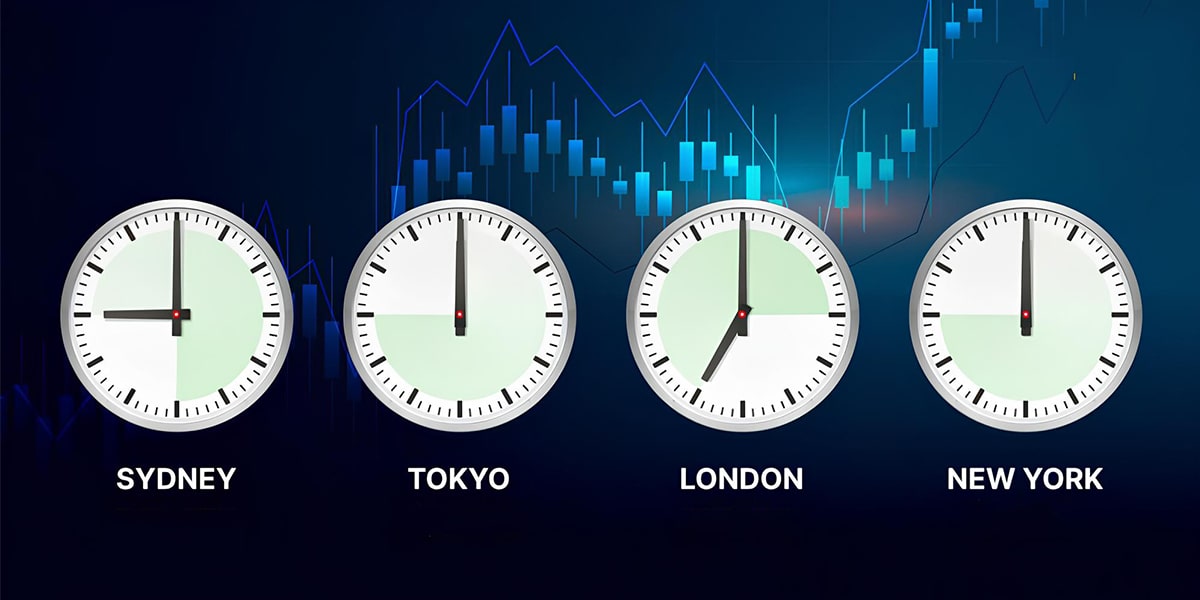
Forex Market Trading Hours Overview
The Forex market is open all the time, five days a week, it is open on weekdays and closes on weekends.
The Forex market works in a spread out way and is heavily dependent on trading sessions in Sydney, Tokyo, London an New York.
Trade times can be split into three main sessions: Asia-Pacific, Europe and the US. Trading volume varies from session to session, but greater market activity is achieved by overlapping the London and New York sessions.
The best time to trade Forex
The most convenient hours for Forex trade are seen as the times of overlapping trading sessions.
In times like these, there is high liquidity and volatility which gives trader the chance to earn from on significant movements in exchange rates.
A sample is the overlap of the London and New York sessions. Many trades happen at this time, and currency pairs with the euro or US dollar, like GBP/USD or EUR/USD, often show increased trading volumes and higher volatility at this time.
The overlapping sessions in in Sydney and Tokyo also provide opportunities for traders that work with Japanese yen or Australian dollar pairs.
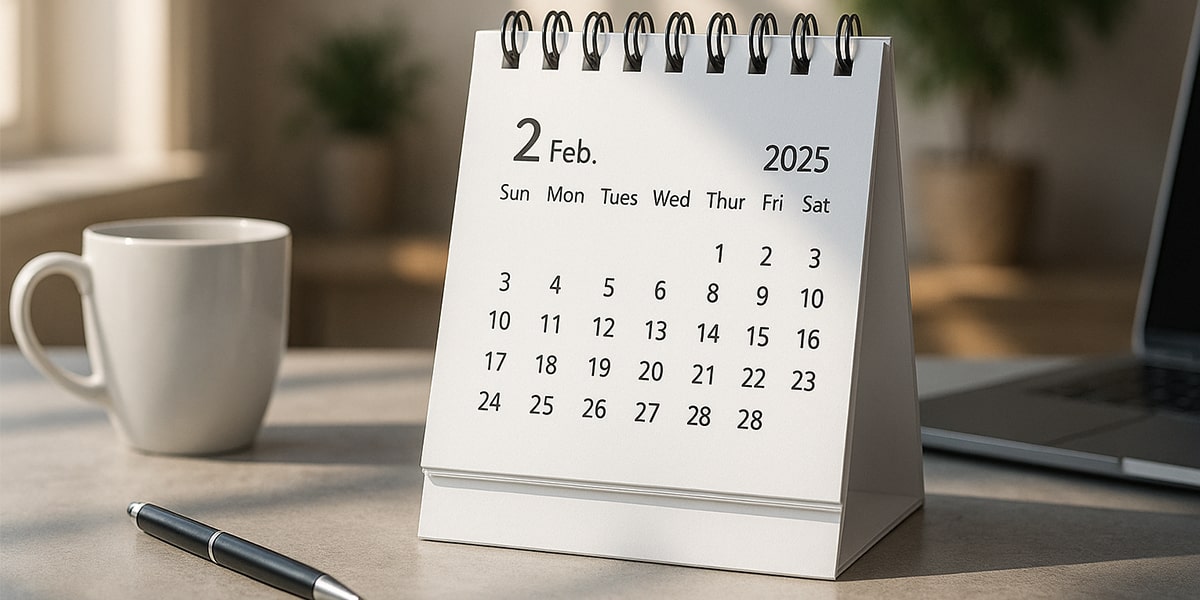
Choosing the day of the week
During the week, the dynamics of prices in the market is characterized by heterogeneity, which is largely due to the peculiarities of the behavior of large trading participants:
- ◉ Monday — many traders have a wait and look way. Big news about Europe an the United States is not often shared at start of the week, so market is usually flat.
- ◉ Tuesday - Thursday is the period of greatest volatility. These days are considered optimal for active trading.
- ◉ Friday — at the end of the week, many traders take profits, avoiding the risk of leaving positions open for the weekend. Movements against the main trend often occur.
If we look at the formation of a weekly candle, then its shadows are formed more often on Monday and Friday, and movements from Tuesday to Thursday create the body of the candle. As for volatility, it varies depending on the day of the week, but not as much as it does within a day, so this factor can be ignored.͏
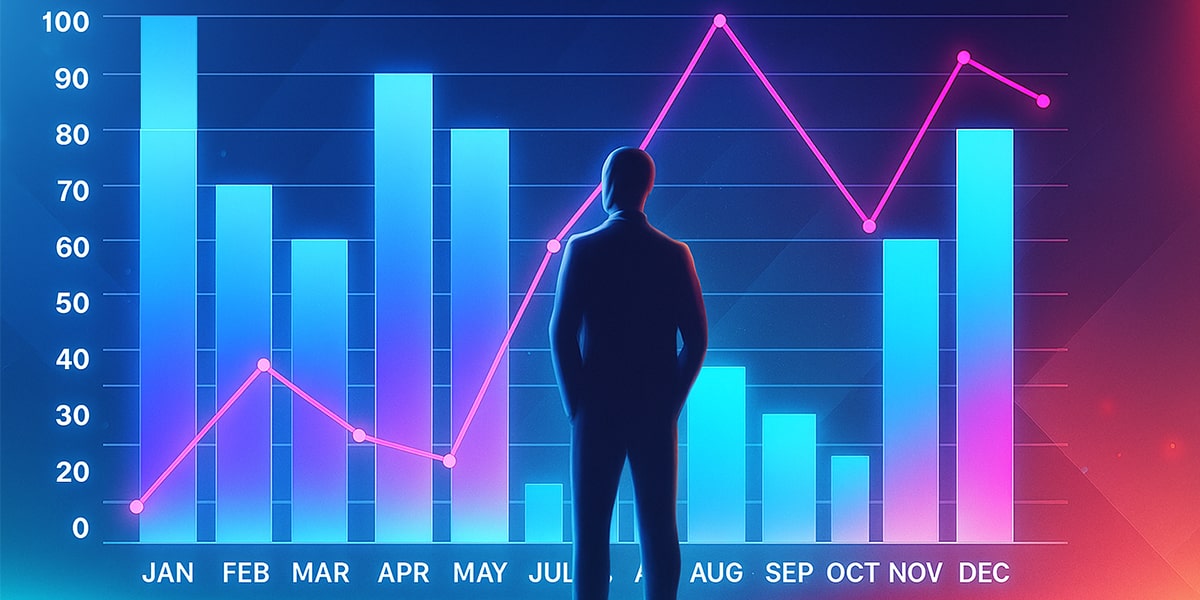
The best months for trading
Market activity in various months of the year often relies on seasonal factors, like company reports, economic forecasts, and market sentiment. Understanding these rules help you pick the best time for trade.
- ◈ January is the time when investors return after the holidays and makes the market active for trading. Many instruments are showing growth, which makes this one of the best months for trading.
- ◈ April is the time for the release of quarterly reports that show high volatility and provide ample trading opportunities.
- ◈ July - Companies' semi-annual results often trigger large price movements.
- ◈ October - investors are preparing for the end of the year by redistributing assets. This is one of the best times to trade before the final quarter.
- ◈ December — the market revives due to an increase in transaction volumes on the eve of the New Year holidays.
Why Seasonality matters
Seasonal causes directly affect the activity of the markets. Knowing which months are good for͏ trading helps you plan trades clearly, select strategies,, pick ways to trade, and use periods with high liquidity to your advantage.
Every month gives its own opportunities, but a lot of activity usually occurs at the start of the year, in the middle and last quarter of a year.
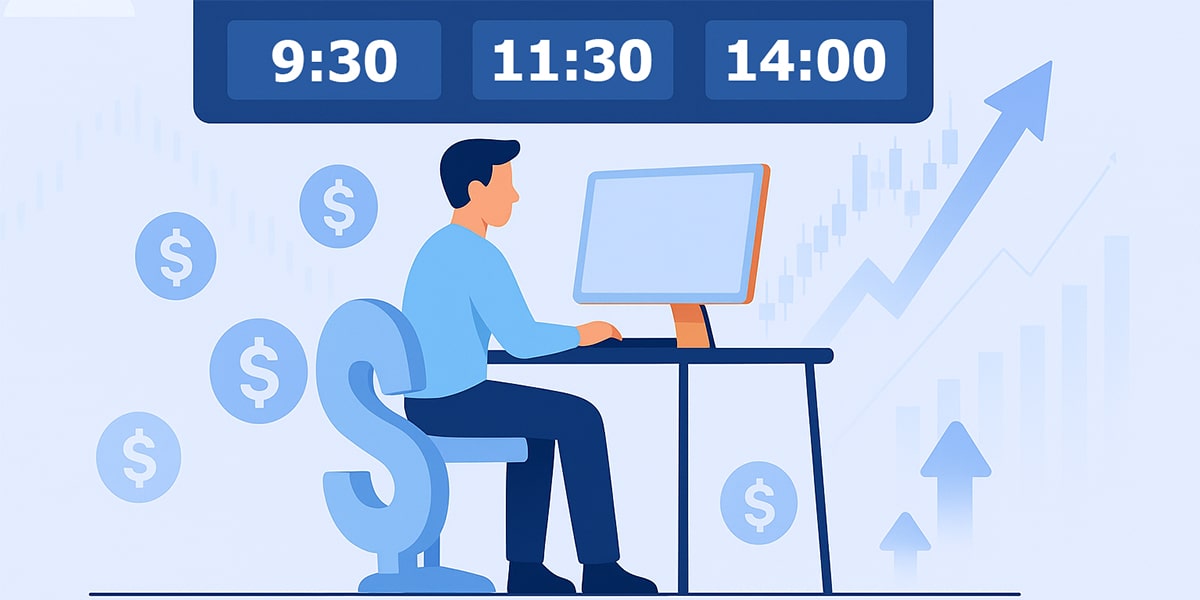
What hour is the good time to trade during the day?
͏
The top time to trade relies on a few reasons, like volatility and trading volume.
- ✦ The morning (from 9:30 am to 11:30 am) is one of the most active moments after the opening of the exchange. At this time, the market responds to the latest news and happenings which makes trading easy, as well as creates a number of conditions for creating quick transactions against a background of high volatility. This time is good for traders and buyers who use strategies based on tech analysis.
- ✦ The day (from 11:30 to 14:00), often shows low volatility. The market is consolidation phase, and people who trade use this period to analyze the situation and prepare for the next trades.
- ✦ In the middle of the day (from 14:00 to 16:00), action is rising again. Traders shut their spots before the end of the trade day which leads to an increase in profits or a decrease in losses, as well as to search for short-term opportunities.
When not to trade
This periods of high uncertainty when the market looks strange and excessively volatile for no clear reason. For instance, waiting for big political or money news often brings quick and random price shifts.
You should also be careful of trading in times of tech problems or with little access to trade platforms.
On the eve of weekends and holidays, when trading volumes fall and large participants withdraw assets from the market, the chances of effective trading decrease significantly. On such days, the market may operate erratically, and transactions in a low-liquid market are more likely to involve high risks.͏
͏
Profitable currency pairs depending on trading hours
Understanding which money pairs have the most action during the session helps to get more gains. Here are a few good currency pairs for every session:
- » Sydney session: AUD/USD, NZD͏/͏USD͏
- » Tokyo session: USD/JP͏Y, EUR/JPY, AUD/JPY
- » London session: ͏EUR/USD, GBP/USD, EUR/GBP͏
- » New York session: EUR/USD, USD/JP͏Y, GBP/USD
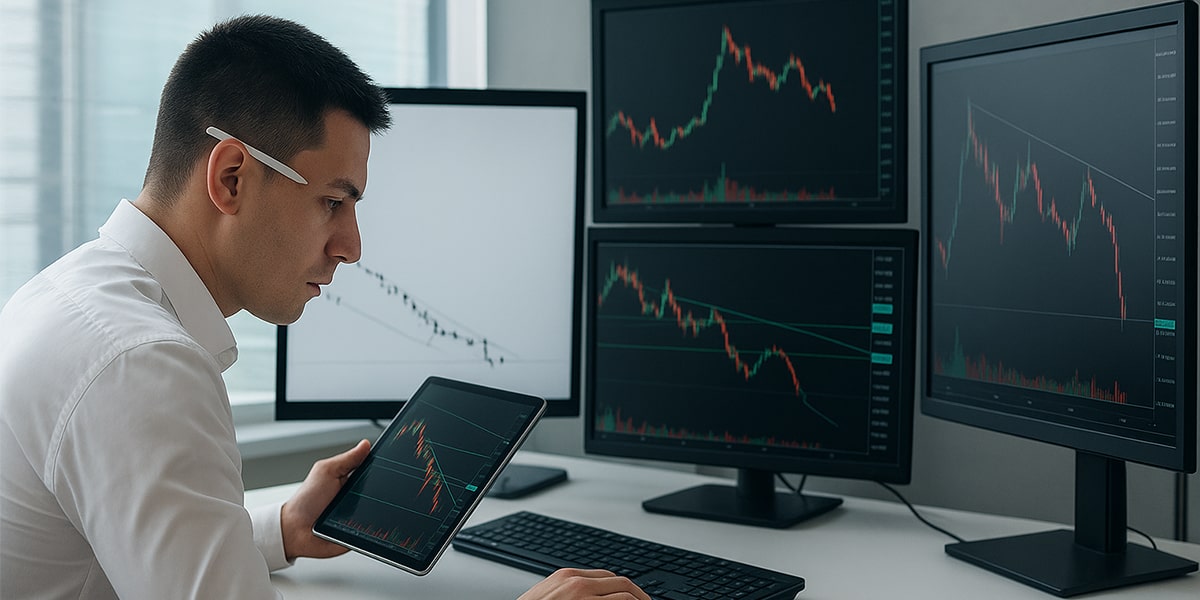
Recommendations for choosing the best time to trade
͏For the stock market, forex, or cryptocurrency exchanges, you can give a couple of tips on choosing the best time:
- ◉ Enter the market when there is high volatility and act exactly in the direction of the trend, if the asset is growing, buy, and if it is falling, sell.
- ͏◉ Take into account your biorhythm, if it is more convenient for you to work in the morning — trade in the morning, if you work after lunch — make deals in the afternoon.
- ◉ Try not to enter at the beginning and end of trading sessions, as at this time the market has not yet decided on the direction of movement. White candlesticks often change to black ones, creating false movements.
- ◉ Do not go to the market during the holidays, especially in the USA or Britain, because on such days you will almost certainly encounter low volatility.
- ◉ Remember that an asset is volatile during its trading sessions.: the euro — during the European, the dollar — during the American, the yen — during the Asian, and so on.
- ◉ And one more important tip - stay attentive. Even if volatility is low at some hours, this does not mean that it will be like this all day, a sharp movement can begin at any moment, and the price of an asset can change dramatically.͏
Events affecting the trading schedule
Economic news, bank talks, and government happenings can greatly affect trading times. News on unemployment, GDP and inflation rises often cause big price shifts.

Conclusion
The top time to trade cryptocurrencies relies on your style and aims. The European and American sessions provide more liquidity and volatility, which makes them especially interesting for active trading. Weekends may be suitable for those who are willing to take on big risks, but we must keep in mind the low liquidity at this time. Depending on the selected currency pairs, the trading strategy can always be adapted to maximize the benefits of changes in the market.
FAQ:
- ➛ What is the best time to trade Forex?
When trading currency pairs linked to the US dollar, the best time to trade Forex, for example in Ukraine, is from 15:00 EEST to 18:00 EEST.
- ➛ When is the best time to trade on the Forex market?
Often, the best days for Forex trading are Tuesday through Thursday. This is the time when the biggest jumps and trading volatility occur, as a lot of economic data is released. Friday can also be a good day for trading, especially in the morning, but activity drops towards the end of the day as the weekend approaches.
Optimal periods for Forex trading come when trading sessions close, such as Sydney and Tokyo, which overlap each other. During this period, the market shows great liquidity and market movement.
- ➛ How many hours per day does a trader work?
͏
This is a personal indicator and depends on your own desires and strengths. Trading is a sedentary job, so it is not recommended to spend a lot of time at the computer, it is important to take frequent breaks.
- ➛ What is the most difficult month to trade?
͏
August is usually the hardest month due to the summer decline. There are no big players, liquidity is becoming low, and price movements are becoming less predictable, which increases the risk of losses for traders.


